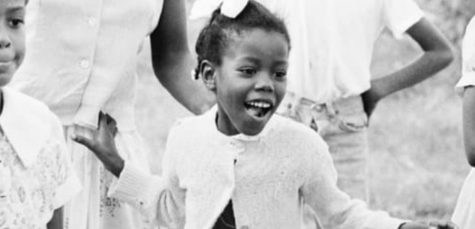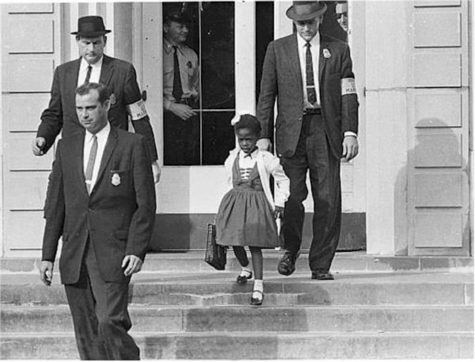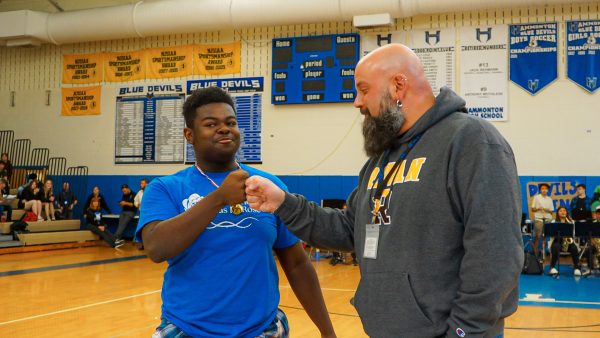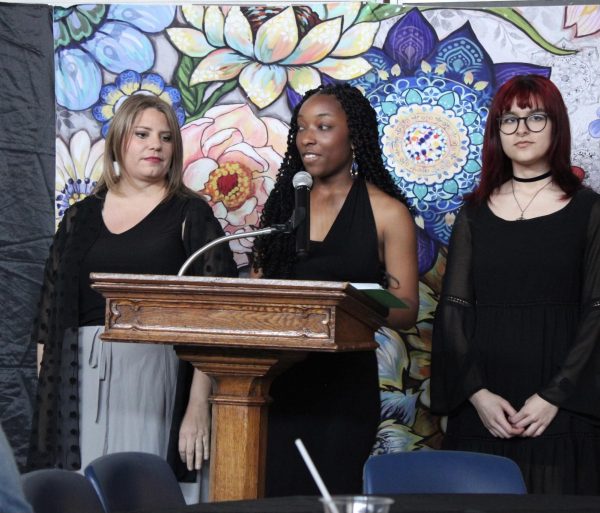Black History Month: Get to Know Ruby Bridges
Ruby Bridges became the first black student to integrate into an elementary school in the South in 1960, at the young age of 6. This was a huge advancement for the civil rights movement.
Bridges was born in 1954, the oldest of five children in Tylertown, Mississippi. Her family moved to New Orleans, Louisiana when Ruby was 2 years old, in search of better opportunities. 1954 (Ruby’s birth year) coincided with the Supreme Court ruling in the Brown v. Board of Education case that ended racial segregation in public schools. However, southern schools resisted integration and continued with racial segregation in their schools. In 1959, Ruby attended a segregated kindergarten.
A year later, Louisiana was forced by a federal court order to desegregate. The school district made entrance exams for African American students, seeing whether or not they could keep up with the other students. Ruby was one of six students to pass the exam. Ruby was admitted to William Frantz Elementary School on November 14th.
Ruby and her mother were escorted by federal marshals to school every day. She walked past crowds screaming vicious slurs at her. Her first day of school was spent in the principal’s office due to the amount of chaos started by white parents who pulled their students from the school. Barbara Henry was the only teacher willing to teach Ruby, she was in a class of one all year. Ruby ate lunch alone, sometimes playing with Henry at recess.
Ruby endured the hate, graduating from a desegregated high school. Ruby wrote about her experiences in two books, both received the Carter G. Woodson Book Award. Ruby established The Ruby Bridges Foundation in 1999 to promote change through education. In 2000, she was made an honorary deputy marshal in a ceremony in Washington, DC.
A lifelong activist for racial equality, she reflects on her experiences as a pioneer in the Civil Rights Movement and what this experience taught her about racial discrimination.














